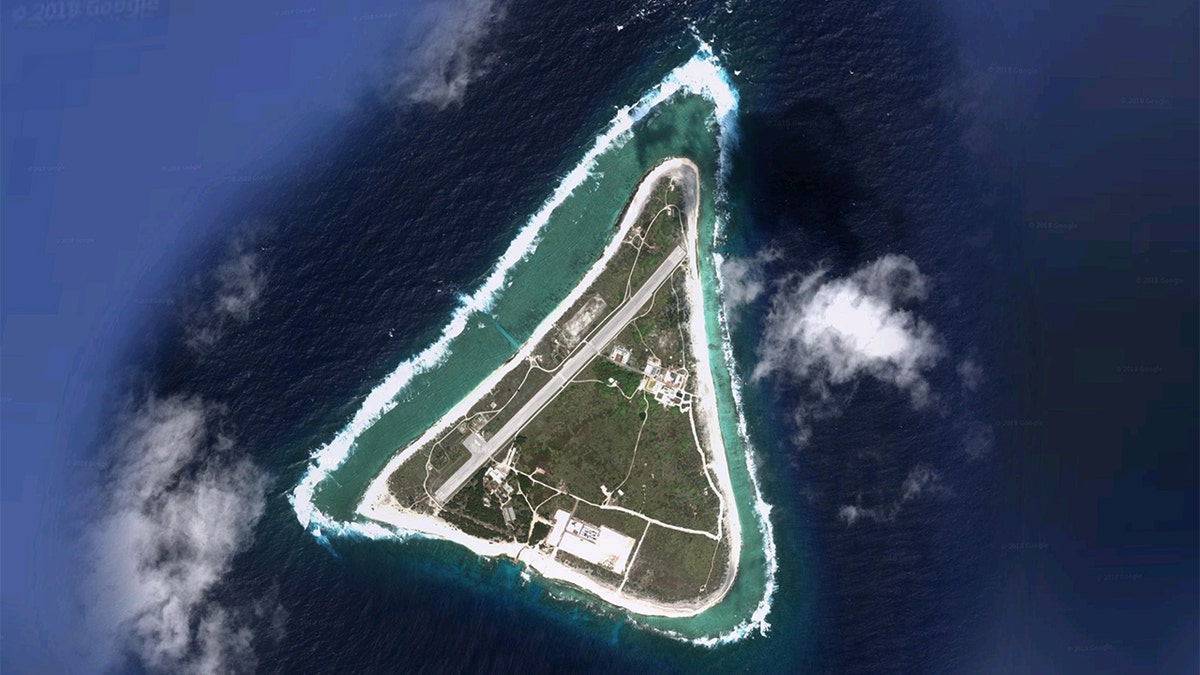
(Credit: Google Maps)
The discovery of vast reserves of rare-earth elements on a tiny Japanese island, that can be used in everything from iPhones to missile systems to electric vehicles, has been described as a "game changer."
Minami-Torishima Island, also known as Marcus Island, is described as having "tremendous potential" for rare-earth elements and yttrium (REY), according to a study published in Scientific Reports.
"This REY-rich mud has great potential as a rare-earth metal resource because of the enormous amount available and its advantageous mineralogical features," the study reads. The study shows that more than 16 million tons of rare-earth elements could be "exploited in the near future."
METEORITE HUNTERS: SCIENTISTS SET TO SCOUR ANTARCTICA FOR RARE SPACE ROCKS
Including ytrrium (Y), which is used in products like camera lenses and mobile phone screens, the rare-earth elements found are: Europium (EU), Terbium (Tb) and Dysprosium (Dy).
"The research area was estimated to be able to supply Y, Eu, Tb, and Dy for 780, 620, 420, and 730 years, respectively, and has the potential to supply these metals on a semi-infinite basis to the world," the report adds.
The metals are expensive, making the find extremely valuable, with some estimates putting the value of the island's rare earth oxide alone at approximately $500 billion.
Yttrium is currently worth $3,400 per pound, Europium costs $20,000 per 100 grams and Terbium sells for $1,800 per 100 grams. Dysprosium, the cheapest of the rare-earth elements discovered, only costs $450 per 100 grams.
The sample size was estimated to contain 1.2 million tons of "rare-earth oxide." The study was conducted jointly by researchers with Waseda University Yutaro Takaya, and Yasuhiro Kato of the University of Tokyo and others.
In an interview with The Wall Street Journal, Technology Metals Research LLC founding principal Jack Lifton said, "this is a game-changer for Japan," adding, "The race to develop these resources is well under way."
THIS TINY DIAMOND CONTAINS A MINERAL THAT'S NEVER BEEN SEEN BEFORE
Though it would likely be expensive to remove the rare-earth materials from the island, it would give Japan and the world, more control over these elements, which are used in products such as rechargeable batteries, wind turbines, and many medical and military technologies.
China held approximately 95 percent of the rare-earth production as of 2015, according to CNN.
The country severely restricts exports of these elements at times of diplomatic tension, including a shortage in 2010 for Japanese manufacturers, news.com.au reported.
Follow Chris Ciaccia on Twitter @Chris_Ciaccia
